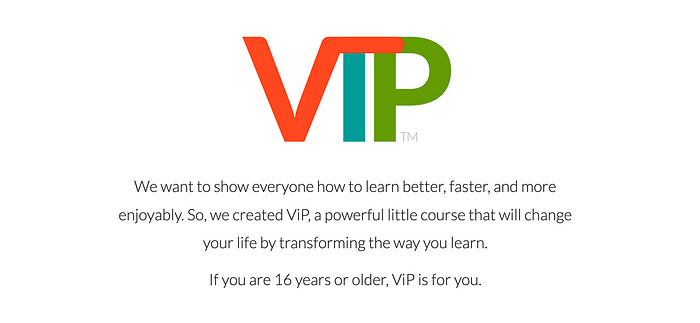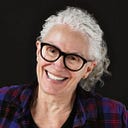
VCoL in action: The active observer
Effective micro-VCoLing requires that we allow a corner of our minds to stand back to observe ourselves and others as we go about our daily activities. My colleagues and I call this corner of the mind an active observer.
All micro-VCoLs™ include an instruction like, “For the next few days, allow a corner of your mind to scan the environment for…” This corner of your mind is the active observer. In order to micro-VCoL optimally, you’ll need to:
- cultivate your own active observer, and
- learn how to use your active observer to perform a range of actions.
The ideal active observer
An ideal active observer is able to stay focused on the VCoL task at hand, which can differ from VCoL to VCoL. For example, your observer may be asked to:
- Observe inner sensations, states, feelings, or thoughts.
- Listen or watch for specific emotions, ideas, or states of mind.
- Listen or watch nonjudgmentally (as in active listening).
- Scan the environment for specific features.
- Notice how information is presented.
- Notice relationships or connections.
- Notice assumptions or biases.
It may take some time for your active observer to habituate each type of observing.
Differences between the active observer and other types of observers
There are several differences between an active observer and the kind of observers cultivated in mindfulness or clinical therapy contexts:
- The active observer may be asked to be neutrally observant, but might also be asked to make judgments.
- The active observer may be asked to simply observe, but might also be asked to take action.
- The active observer may be asked either to avoid or to take on the role of inner critic or skeptic.
- The active observer may play an active role in forming and breaking habits and memories.
People who find it difficult to observe without automatically triggering self-criticism or who frequently engage in unhealthy mental rumination may need professional help with creating a healthy active observer.
Summing up
Cultivating a healthy and versatile active observer is essential for optimal micro-VCoLing. As with any skill, the best way to build active-observer skills is to practice reflectively in everyday contexts—with VCoL.

